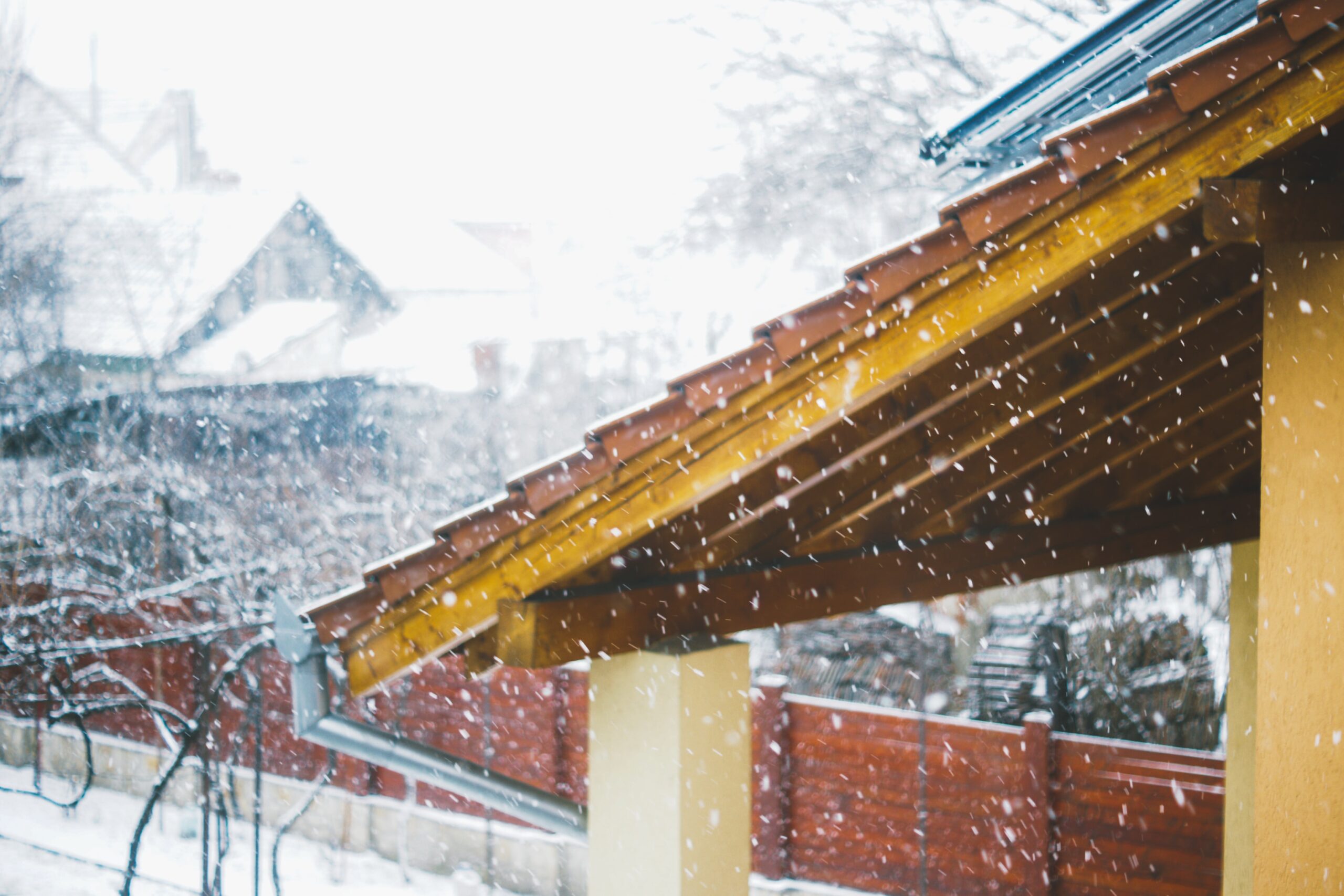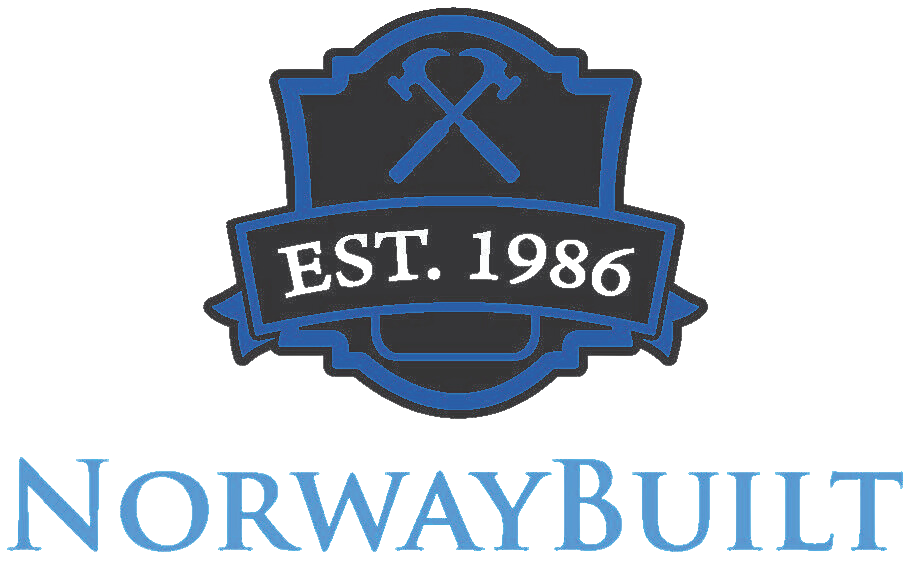Turn them on! With your furnace running all winter, the air becomes really dry so you will want to make sure you are putting moisture back into the air. Some furnaces come with a SUMMER/WINTER switch, check that!
This is a big one. You have to make sure the water is off, and completely disconnected. A lot of times people forget this, and a simple winter drop ends up flooding an entire basement. Don’t make this mistake!
Recently in the last couple winters, we’ve hit extremely low temperatures. While our furnaces can be turned up to keep us warm, it isn’t necessarily warm enough to keep pipes warm. In cases such as these, plumbing that sits near uninsulated walls have the potential to freeze and crack. To prevent this, we recommend opening cabinet doors to allow warm air to reach pipes. You may even consider allowing a small drip into plumbing to prevent water from sitting and freezing. We added this to our home winterizing checklist but you only need to worry about this tip in extreme temps!
Check the links below for a complete list of tips during severe cold weather.
This is usually a no-brainer, but an important piece of the puzzle to makes sure doesn’t get away from you. Clean them out, get all of the leafs and build up out before it gets too cold! When you leave debris in your gutters, it will eventually create ice dam back up. When the water has no where to run out of it, it ends up seeping in your roof and shingles or running down to the foundation of your home.
Air filters in your system will require constant maintenance during the winter. While, as a rule of thumb, you should change your air filter at least once every three months, make sure you replace it every month during the winter. Another good rule of thumb is to 1-2 inch filters every three months, 4 inch filters every six months and 5 inch filters every 12 months. Signs your air filter needs changed: The filter is visibly dirty. Certainly if you can’t see the material of the filter itself, it should definitely be replaced.
This is especially important for your Carbon Monoxide detectors. Winter means higher use of such gas. Household appliances, such as gas fires, boilers, central heating systems, water heaters, cookers, and open fires which use gas, oil, coal and wood may be possible sources of CO gas.
Make sure they are not clogged with lint! Lint will stick to it in the winter with moisture from the heat from the vents and the cold from outside. This is a huge fire hazard!
No-brainer when it comes to to checking items how your home winterizing checklist. Home energy efficiency is a huge thing to be on top of because failure to remedy will drive your bills up fast!
Indoors and outdoors, it makes a huge difference!
Sometimes water is inevitable, protect yourself by making sure that your sump pump is working correctly. Flooding will occur when you least expect it, and it could be for a reason that nobody could have predicted.
PRO TIP – keep in mind your insurance may not cover sump pump failure. Certain insurance companies require a separate rider for it to be covered. You can read more about this at the links provided below!
Remove leaves or any blockage from window wells and make sure there is drainage. A huge cause of flooding is blockage in a window allow with no drainage which causes the water to accumulate. Make sure that water is always draining away from your home.
If you are using your fireplace this winter, do a routine chimney sweep and get all the gunk out of there! If you do not plan on using it, seal if off to outdoor elements. It will keep you warmer, and keep your bills down. Don’t forget to pull the flue closed!
One mistake a lot of people make is wrapping the cover on the condensers with a plastic cover. The purpose of covering your air conditioner is to prevent condensation and moisture from collecting and getting into the unit. When you cover and seal with an air tight plastic material, moisture will form and where there is moisture…there will be rust. Many professionals suggest cutting a marine-grade plywood and adding bricks on top or finding a cover that venting to allow airflow.



